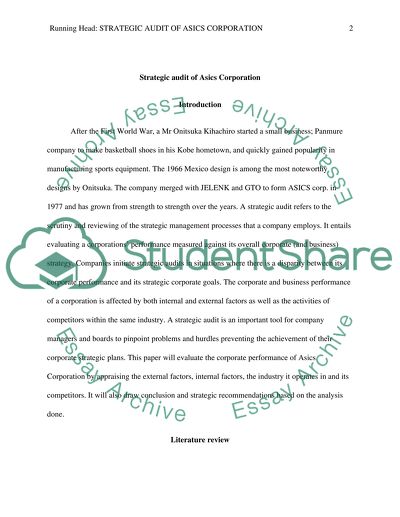Cite this document
(“Strategic audit of Asics Corporation Research Paper”, n.d.)
Retrieved from https://studentshare.org/marketing/1397882-strategic-audit-of-asics-corporation
Retrieved from https://studentshare.org/marketing/1397882-strategic-audit-of-asics-corporation
(Strategic Audit of Asics Corporation Research Paper)
https://studentshare.org/marketing/1397882-strategic-audit-of-asics-corporation.
https://studentshare.org/marketing/1397882-strategic-audit-of-asics-corporation.
“Strategic Audit of Asics Corporation Research Paper”, n.d. https://studentshare.org/marketing/1397882-strategic-audit-of-asics-corporation.


